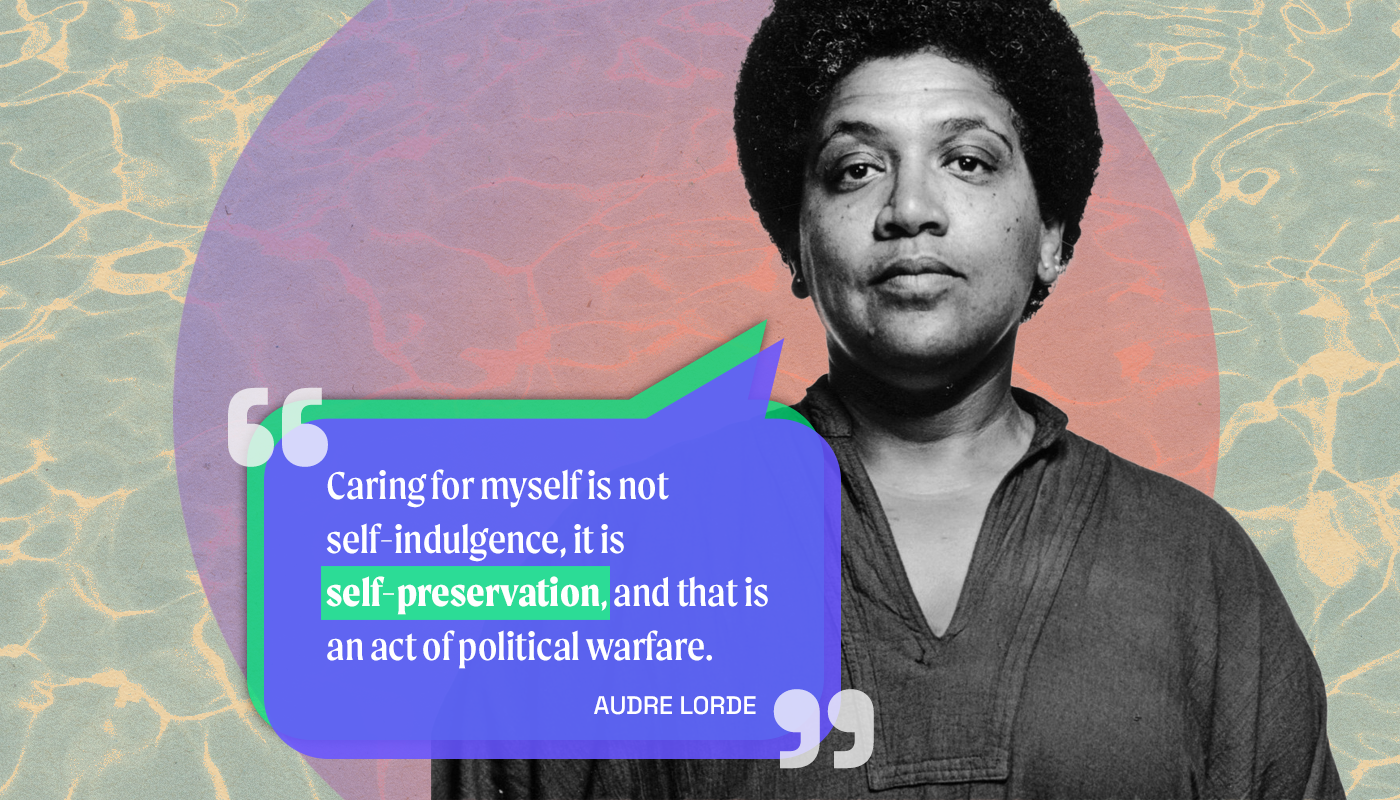5 questions to ask yourself to help make your workplace more inclusive — at all levels
Spark change regardless of your role, title, or tenure.

Since the Diversity Tipping Point of 2020, companies have pledged billions of dollars to help solve our country’s long-standing racial inequities issues. Within their own organizations, CEOs are spending significant money on diversity, equity & inclusion (DEI) initiatives to make their workplace more inclusive, with 79% saying they plan to spend more money on DEI initiatives. And finally, according to a recent LinkedIn Workforce Report, one of the roles most in-demand in the C-Suite right now is the Chief Diversity Officer (CDO.)

of CEOs say they plan to spend more money on DEI initiatives.
And yet, the journey to be a more inclusive culture does not belong to the CEO, the C-Suite, or the CDO. It also shouldn’t be relegated to middle management. Each and every one of us has a responsibility to make our workplaces more inclusive. When you are more junior in the ranks, you may feel powerless to make an impact and effect change. Regardless of your role, title, or tenure with a company, here are 5 questions you can start by asking yourself to help make your workplace more inclusive.
Are you advocating for diverse slates?
When searching for talent, more recruiters are focusing on diverse slates, which requires recruiters to source a diverse pool of candidates who fit the criteria for the role. The concept of diverse slates originated from the Rooney Rule, which was implemented by the National Football League (NFL) in 2003. It was an effort to increase representation of historically marginalized communities among NFL coaching staff.
Even if you are not a hiring manager, you can ask your recruiters if they are focused on diverse slates. You can offer organizations they can partner with to get access to diverse pipelines like National Society of Black Engineers, Grace Hopper, and Hispanic Alliance for Career Enhancement. You can also help by referring candidates for roles who identify as belonging to a historically marginalized community.
Do you know if your products and services are inclusive?
It doesn’t matter if your organization sells beauty products or financial products: you need to make sure your approach to selling is inclusive. For example, in the US alone, the spending power of the multicultural consumer is $3.4 trillion. Adults with disabilities have a spending power of $490 billion. And globally, the LGBTQ+ Community has a spending power of $3.7 trillion.
Here are a few questions to start thinking about:
- Do you feature LGBTQ+ couples and families in your social media posts?
- Do your products embrace universal design principles, making it accessible to all without further adaptation?
- And if you sell beauty products, do you only offer lighter shades of products, or offer a broad range of shades?
So whether you are starting your career in finance or in supply chain, you can help do the work to ensure you are being inclusive of the changing demographics of the U.S.
Have you recommended diverse suppliers?
Working with diverse suppliers is an opportunity to receive goods and services and give back to the greater ecosystem by supporting these businesses. A recent study found that 20% of spending with diverse suppliers delivers at least 10% to 15% of annual sales.
Diverse suppliers
A diverse supplier is an organization that is at least 51% owned and controlled by individuals who may identify as woman-owned, Black, Hispanic/Latinx, Asian, or Indigenous -owned, veteran-owned, disability-owned, or LGBTQ+ owned.
Ask your procurement team if they have a supplier diversity program, and if not, ask how you can help to create it. Whether you are making an inexpensive video, or using cartons for a new product, challenge the team to work with a diverse supplier. Recommend diverse suppliers you know and make introductions to key decision-makers in your organization.
When you see something, do you say something?
When you see microaggressions, bullying, and harassment taking place in your workplace, do you speak up? Or are you just another passing bystander who remains silent and does nothing? Microaggressions can include the repeated mispronunciation of someone’s name, asking working mothers why they choose to work instead of raising their children, or asking a Black woman if you can touch her hair. When you see something, say something. Intervene in the moment. Or speak to the individual(s) who caused harm after the incident, and check in on those impacted to see how you can support them. Consider contacting the People Team or the CDO to report inappropriate behavior if you are unsure what to do next.
What are you doing to be a more inclusive colleague?
To make your workplace more inclusive, ask yourself this: what are you doing to be a more inclusive colleague?
- Do you amplify the voices of others, including colleagues in meetings and inviting them to speak and contribute?
- Do you collaborate with others, and respect differing points of view without silencing or shutting them down?
- Do you advocate for colleagues when they are not in the room, giving them credit for their work?
Inclusive cultures can only thrive if each of us considers the impact, both the positive and the negative, we are making on our organizations every day. How we show up for each other and for our company matters. We each can play a significant role in creating our workplace more inclusive, where we all can feel seen, heard, and valued.![]()






